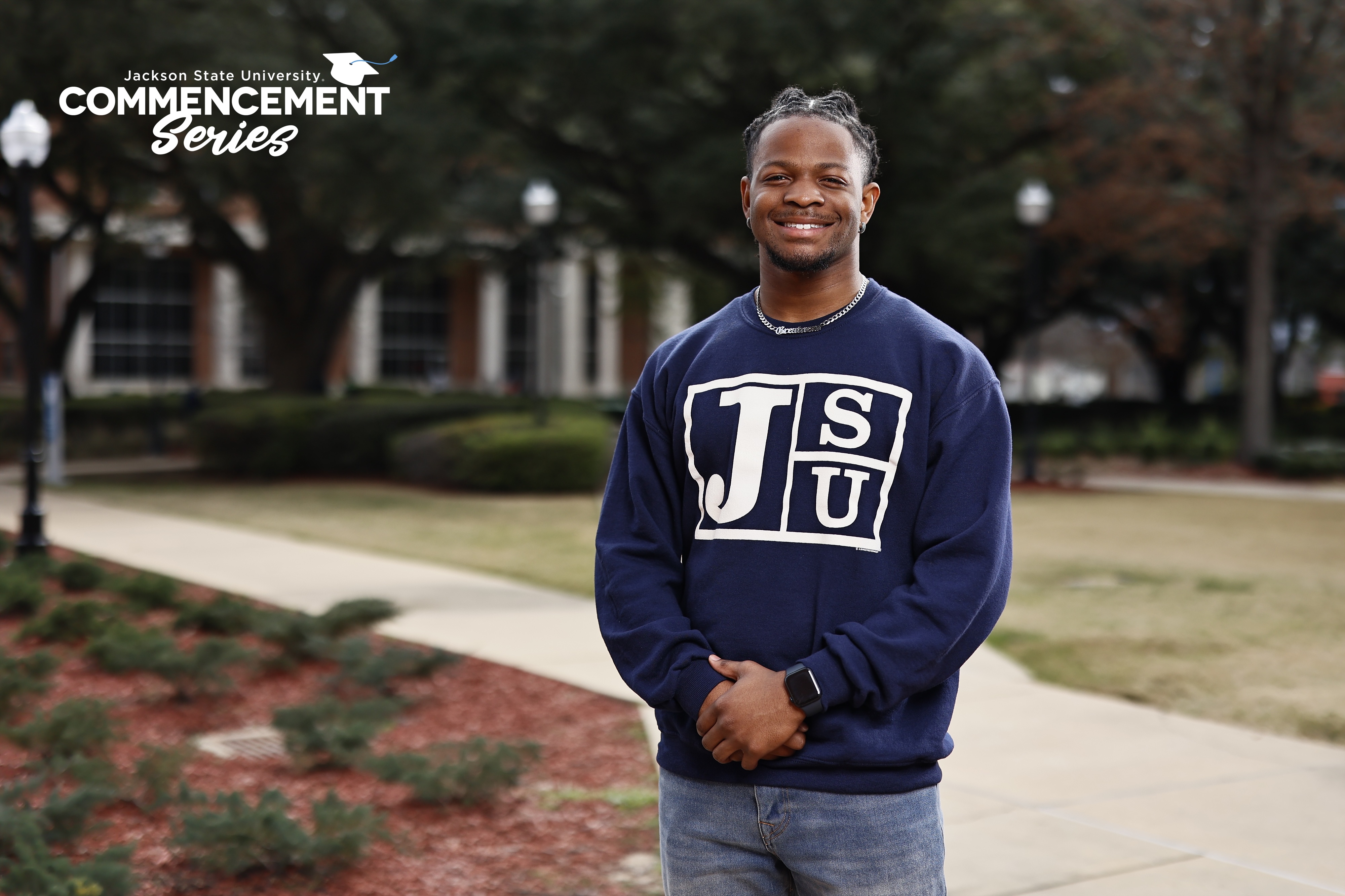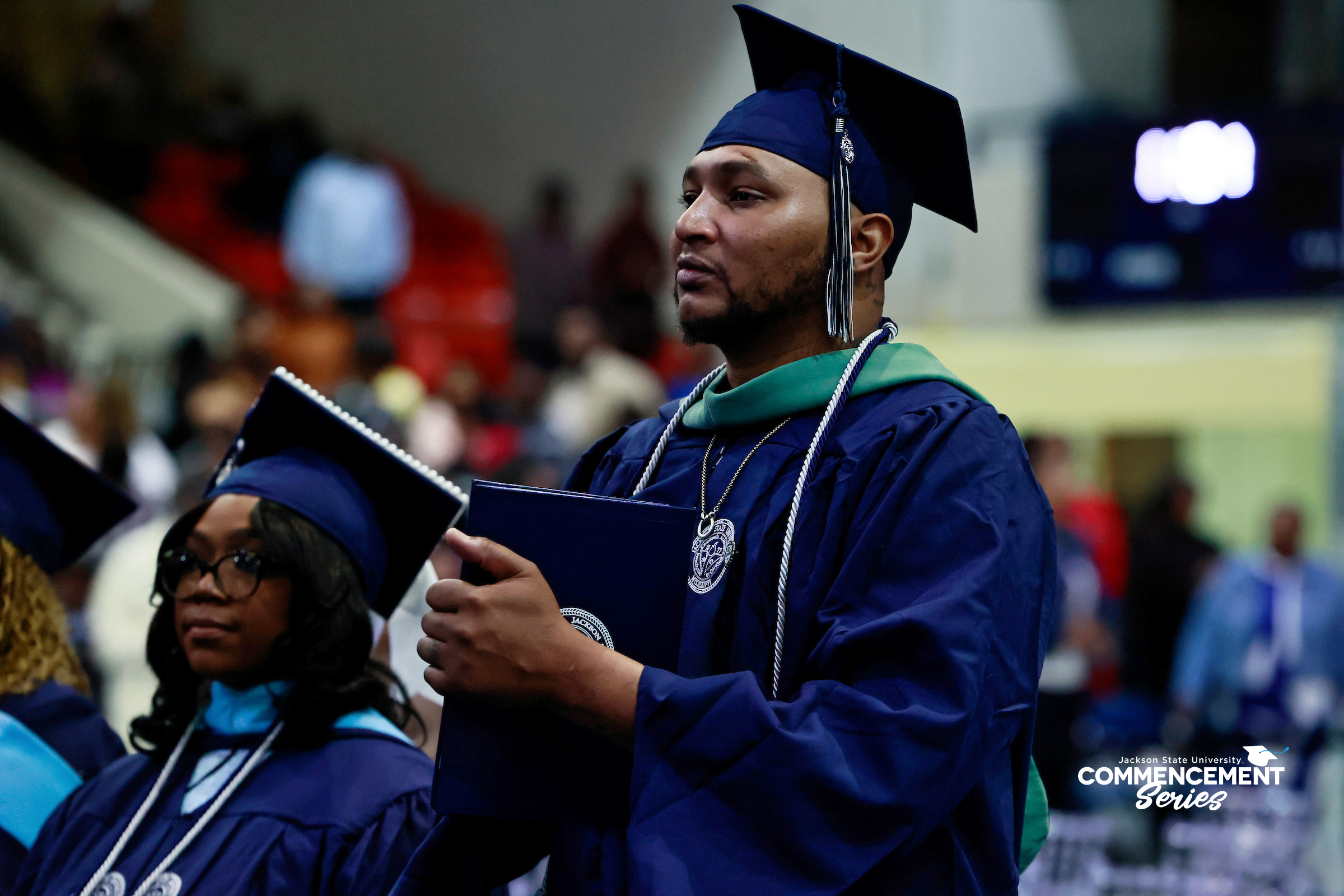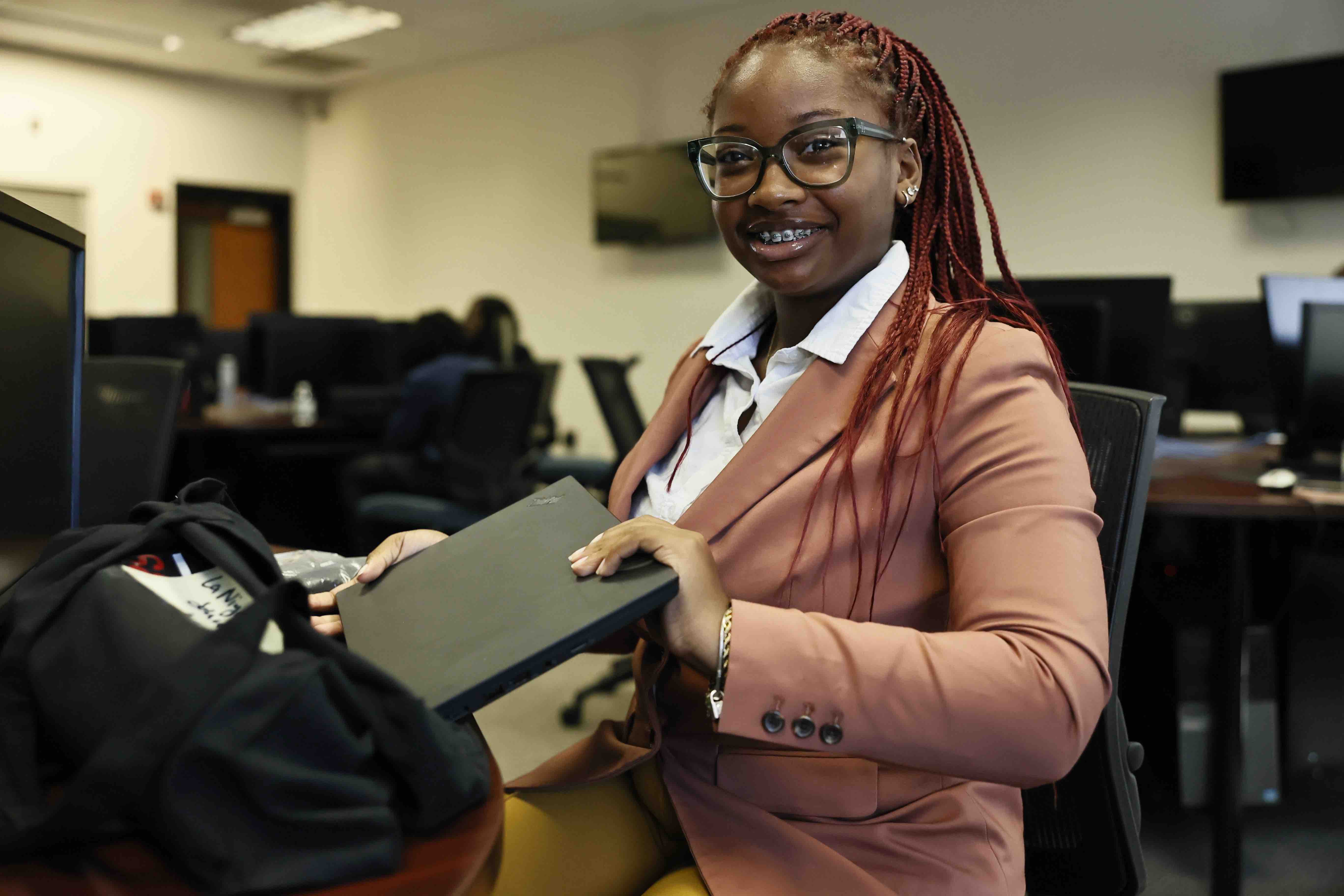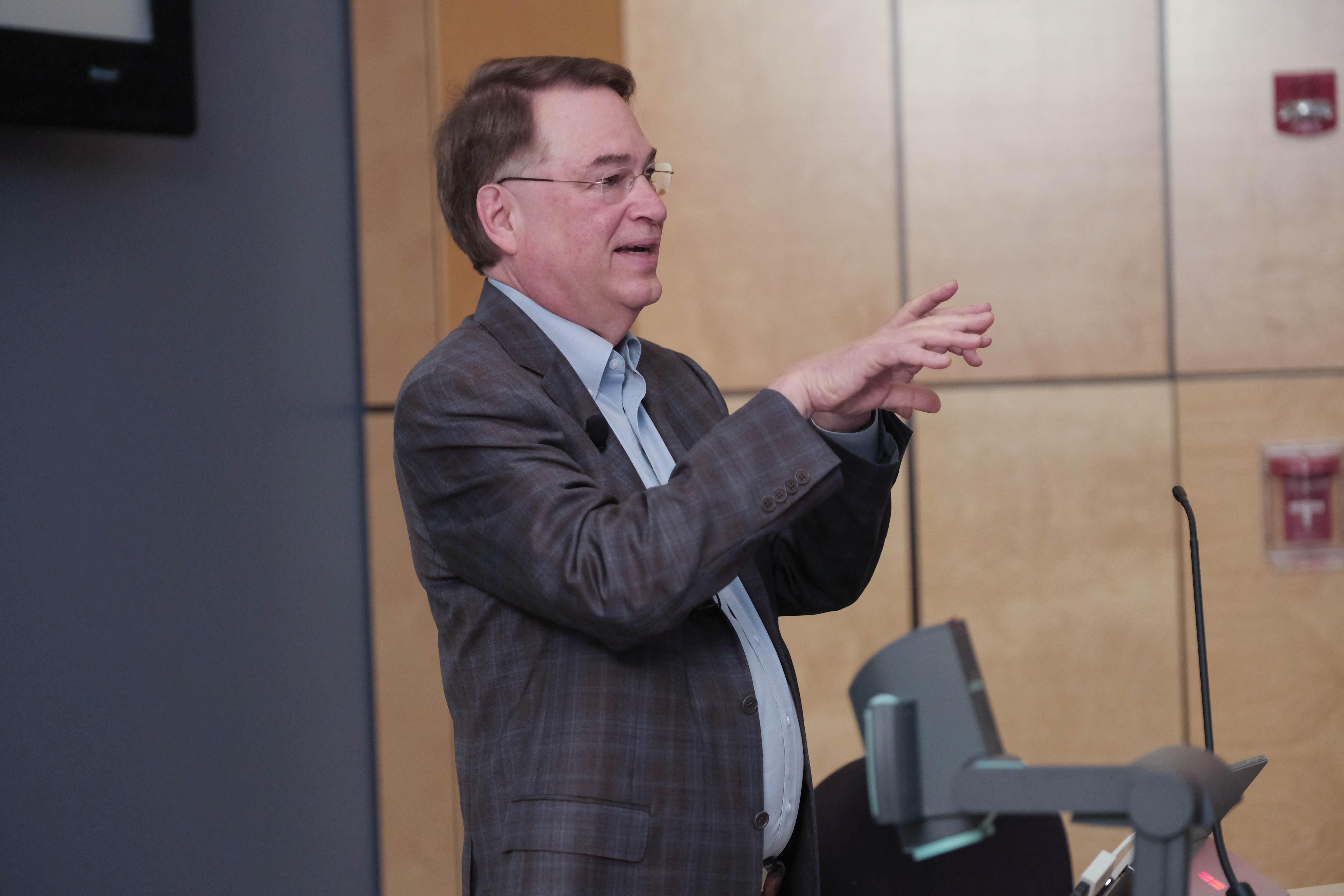
![]()
[hr]
Dr. Larry Smarr, physicist and Big Data thought leader, practices what he preaches.
When asked about the auto-pilot option packaged in the Tesla, he proudly says: “I own one. I have the model X. It drives me from UC San Diego up to UC Irvine and back every time.”
It’s Monday, April 10, the day before Smarr, founding director of California Institute of Telecommunications and Information Technology (Calit2), is to appear in Jackson State University’s CSET Engineering auditorium to present his theory on the mounting growth of machine artificial intelligence.
JSU and Calit2 are partners on National Science Foundation-funded grants, like SCOPE — Scalable Omnipresent Environment — a visual metaphor for a combined microscope and telescope that enables users to explore data from the nano to the micro to the macro to the mega scale. Another is already implemented at Jackson State a camera system called SENSEI, a/k/a the virtual wall, capable of capturing 3D stereo and still images for viewing in nationally networked, virtual reality systems.
Seemingly unfazed by a fatal 2016 accident that involved a Tesla set on auto pilot, Smarr points out that the U.S. National Highway Traffic Safety Administration cleared the automaker of any fault in the incident.
“I’m much less concerned that my Tesla will have an accident than some stupid human driving a car is going to have an accident,” he quips then smiles.
[pullquote align=”right”]Technological change always leads to disruptions. The buggy whip manufacturers went out of business when the “horseless carriages” appeared over one hundred years ago. However, the mass market for automobiles over time created far more new jobs than were lost. As a nation, we need to have a discussion more focused on retraining people that we know will be displaced by automation, years before this unemployment happens. ~ Dr. Larry Smarr [/pullquote]
Smarr, of course, backs his opinion with science, saying “There are ultrasound, radar, and optical sensors on each of the Tesla’s. As they’re driving, the data stream of how they’re interacting with the world is sent wirelessly over the internet to the Tesla cloud.”
What happens next, according to Smarr, is that a “hive mind” develops where the experiences of all the Teslas are shared with each other in the cloud, and a machine learning algorithm goes in and improves the way that all the Teslas drive.
“So, the more Teslas there are and the more miles they drive, the safer everybody becomes,” he says matter of factly.
The Harvard Junior Fellow adds that the average car driver’s knowledge base is dependent upon whatever the driver recalls and not 10,000 similar vehicles second to second sharing data.
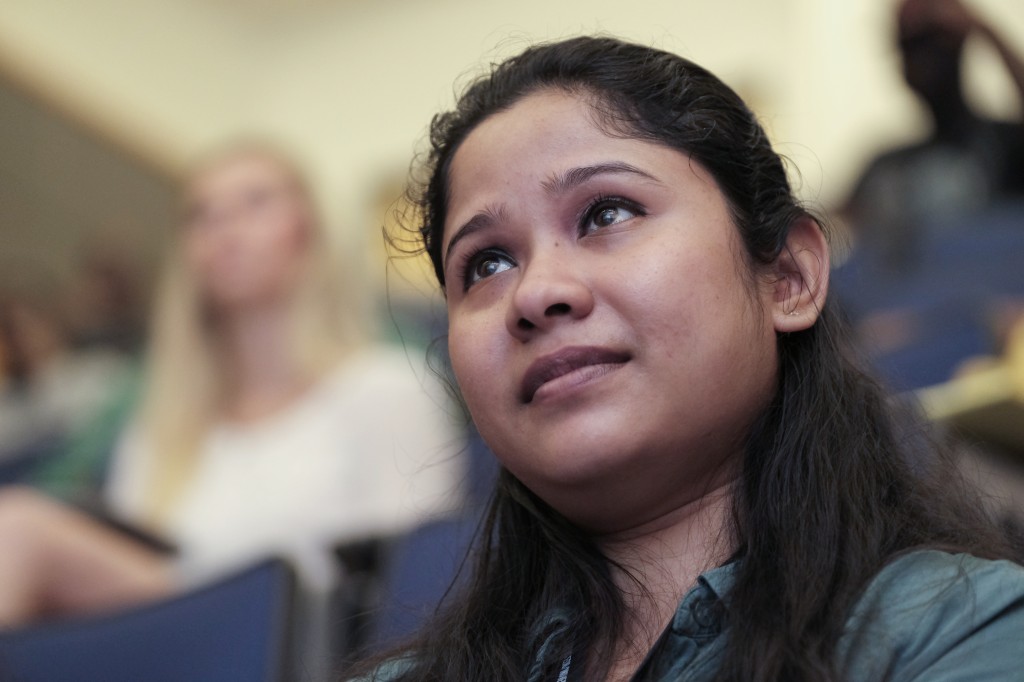
[dropcap]W[/dropcap]hat’s in a pattern?
To call Smarr a big deal is an understatement. His bio contains phrases like “theoretical observational” and “computational astrophysics,” a field he has pioneered for 25 years. He is credited with galvanizing the early development of foundational components of U.S. global cyberinfrastructure and most recently became a leader of the quantified self-movement or “life logging.”
In addition to being a member of the National Academy of Engineering, Smarr holds memberships with several distinguished science organizations. He has also served on the NASA Advisory council to 4 NASA administrators as well as other esteemed positions.
If who and what Smarr is does not stimulate the brain even slightly, then his description of the work conducted at the Calit2 Pattern Recognition Laboratory should be an eye-opener.
“So there are new kinds of computer chips emerging that are specialized for recognizing patterns in images, for instance, a hearing aid. What a hearing aid is trying to do is recognize the pattern of a voice in a noisy environment,” he says.
Through specialized processors like hearing aids or voice authentication technology, Calit2 develops machine learning that can identify patterns and collects this information into a lab that faculty and students can access in order to conduct experiments to understand how, particularly, Big Data can be analyzed more efficiently.
“So, it’s a pattern that’s in a bunch of data, which as a human, if you just look at all of the data then you can’t figure anything out. But if you have a specialized computer that can do it then maybe you can,” he says.
Smarr and Calit2 is working with everyone from startups to big name companies like IBM who may be in the infancy stages of new technology and need assistance in determining how it may be best used.
“So, by having a lot of faculty and particularly students who may have a lot of clever ideas that faculty may not think of.” He chuckles, “They get access to the lab so they can conduct experiments.”
In addition to determining uses for new technology, Smarr adds that identifying market niches is also an outcome of Big Data research.
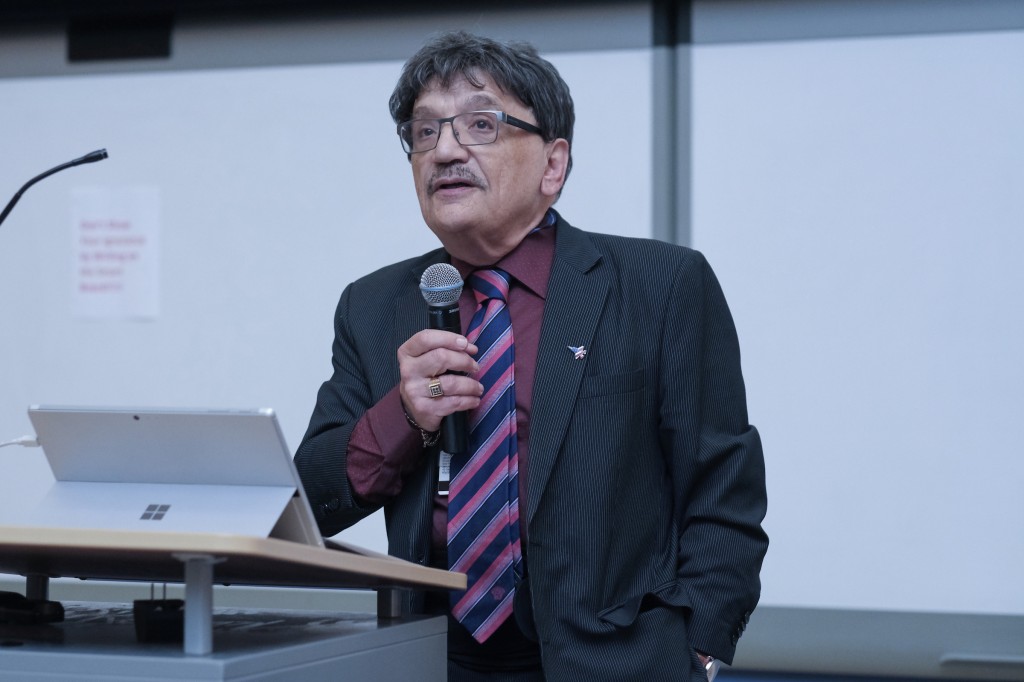
[dropcap]A[/dropcap] bonafide lifelogger
Testing science in more ways than cruising in his Tesla, Smarr is engaged in a computer-aided study of his own body – lifelogging. Every month, the noted director relinquishes 5-6 vials of his blood for analysis and every quarter he hands over up to 20 vials of the life-giving substance.
Smarr says his venture into the “quantified self” movement stems from his 25 years of experience as an astrophysicist. Over that period, he has conducted studies like taking measurements over time (a time series) to figure out how an unusual point came to be in the sky and then determine what that point is doing at various stages.
“I began to think about the body as a dynamic, multicomponent, nonlinear system. And I thought, well, surely, that’s the way people are trying to figure out what’s going on with you before it gets to the point that you have a symptom,” he says.
But to his confoundment, Smarr discovered his theory was not the way medicine is conducted.
“So, I said why don’t I make myself a lab animal and turn my body into an observatory and see if we can begin to understand the dynamics of some fundamental things like inflammation, glucose and insulin and things like cholesterol. All that kind of stuff,” he says.
Expounding on his quest to become a human guinea pig, Smarr discloses one of his goals: “Can we figure out unintended consequences of some of our activities? Whether it’s medical treatments or whether it’s things like our nutrition, exercise, sleep or other things that people are arbitrary about what they do as if there are not going to be any consequences and there are.”
Pulling out his smartphone, he reveals an image of what he describes as “70 different biomarkers in me” taken over 20 years with each marker representing things like glucose, cholesterol, sodium and potassium levels. Through a color-coordinated effort, Smarr is able to see when his body is healthy and when it exceeds the healthy range by a certain percentage.
“I thought I was healthy,” he laughs as he glances at the rainbow-colored images.
Smarr has data compiled from over 20 years but explains that he’s been doing the bloodwork and intensively studying microbiome – the general composite material present in or on the human body – for about five years.
He declares that if others were able to see clear indicators that revealed the onslaught of Alzheimer’s or diabetes, then people could possibly make some behavioral changes and choices to stop diseases before they develop.
“By bringing in the big data that can be read out of your body,” Smarr hopes to improve various areas of medicine.
“I just lifelog a little more intensely than most people. And I’m a scientist, and I have a big laboratory, so I can afford to do it. He explains, “I’m not saying you should be like me. What I’m trying to be is the patient of the future, so in the future, the cost will go way down, and it will be much less evasive to measure these things.”
Smarr readily admits that it’s an experiment and “it’s a little weird being me, but somebody has to do it.”
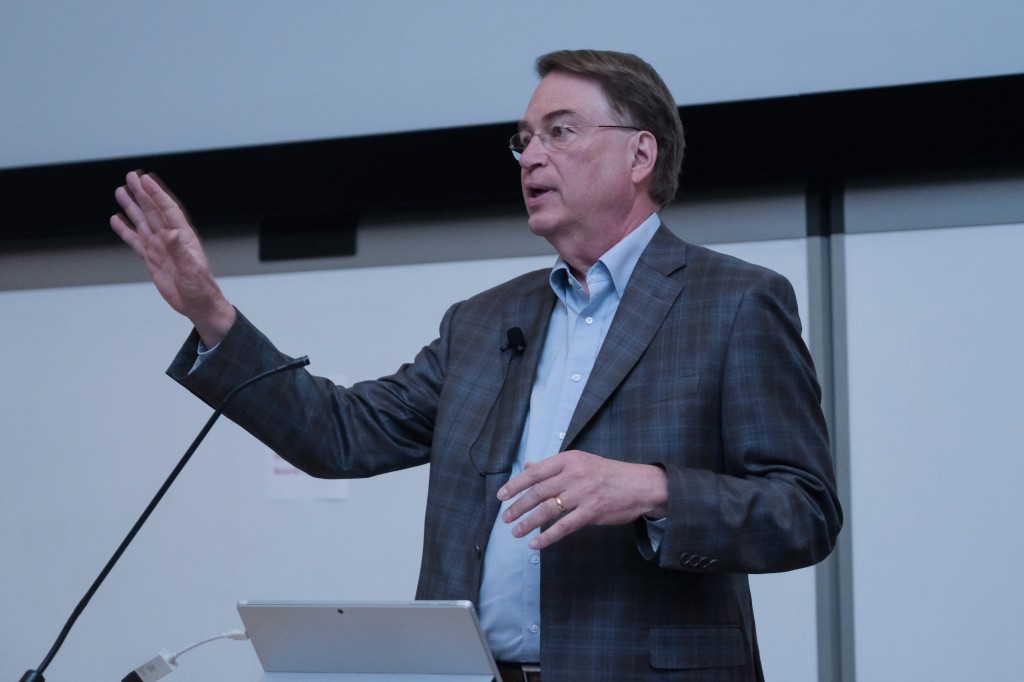
[dropcap]S[/dropcap]marr in 3D
Experimentation appears to be working for the scientist whose research and curiosity is taking him to heights he had not imagined if that’s easy to believe after reading his bio.
“I never in a million years thought I would end up working with surgeons and medical doctors. I didn’t have any training on biomedical things,” Smarr says, referring to his recent surgery to remove a portion of his colon.
In 2012, after an MRI, Smarr was less than inspired by the 2D black and white splices he was shown by his radiologist. He then requested the images and the 3D data that is routinely included in individual medical evaluations.
Together with his “virtual reality guy,” Jurgen Schulze, he created a 3D image of his abdomen.
After being diagnosed with colonic Crohn’s disease late last year, he offered the 3D image to his surgeon, Dr. Sonia Ramamoorthy, several days before the removal of the inflamed area.
In short, Ramamoorthy’s review of the detailed image led her to change her original plan for the incisions she would make to Smarr’s abdomen and reduced his operating time by nearly 30 minutes.
Smarr again pulls out his phone and this time he shows a video of him lying unconscious on the operating table while Ramamoorthy works simultaneously with the surgical robot and the 3D imagery.
“It was like having a 3D Google map,” he jokes.
A week after his procedure, he recalls Ramamoorthy saying, “Oh my God, I had a patient today it would’ve been so helpful if we had this.”
Smarr’s innovative thinking has the potential to not only benefit the medical industry but society as a whole. “The fact that you can be under anesthesia less means that recovery chances would be improved.” He says, “So, we’re making a program at UC San Diego, in the medical school, to then simplify the software to make it more integrated with the robot and then train and do another ten patients.”
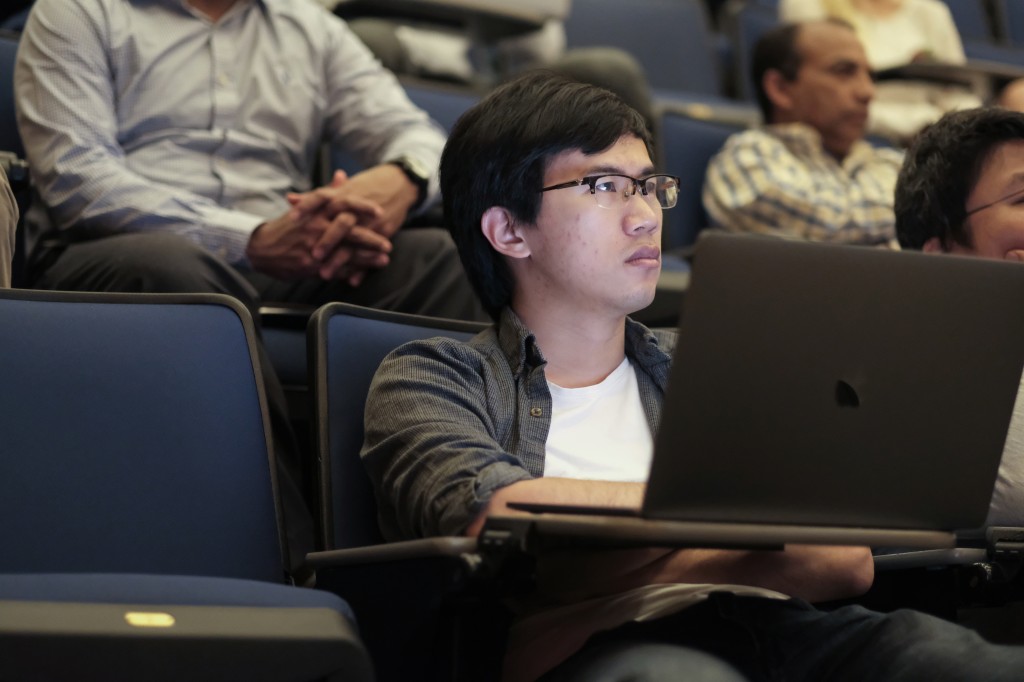
[dropcap]P[/dropcap]ut down the video game and pick up a book
After learning that a lot of Smarr’s esteemed accomplishments started with having an organic knack for investigation, it is easy to imagine him as a kid making a Tesla coil and blacking out all the televisions and radio’s in his neighborhood as he once said he did.
When asked what type of skills or characteristics a student would need to become a Larry Smarr, he says: “Well, I think you have to be intensely curious, and then I guess you can do what President Reagan said about the Russians – ‘Trust but verify.’”
“Think” is the operative term Smarr wants kids to learn. “Doing your Facebook updates a billion times a day, well, I’m sure there is some good that comes from that – it is not thinking. And the other thing is reading is so important.”
He conveys that while playing video games results in some positives, like the ability to multi-task, an inadvertent outcome is that kids’ attention spans have grown shorter. He becomes quiet as if searching for the right words to describe his thoughts; then he adds that the younger generation is no longer reading.
“When you think about the way books are written – the very best books, like the very best art and the very best music – you are having a personal mentor on how to organize your thoughts, how to communicate, how to convince someone of something or how to paint a word picture,” he says.
“You don’t know how to do that to start with, but as you read, your brain is remembering patterns like that’s how you write, that’s how you phrase your words, that’s how you communicate. So this is not generally talked about – why you need to read. But if you don’t, then you dumb down the population because an incredible number of things are going to happen in your lifetime and how are you going to be prepared to know how to react?




